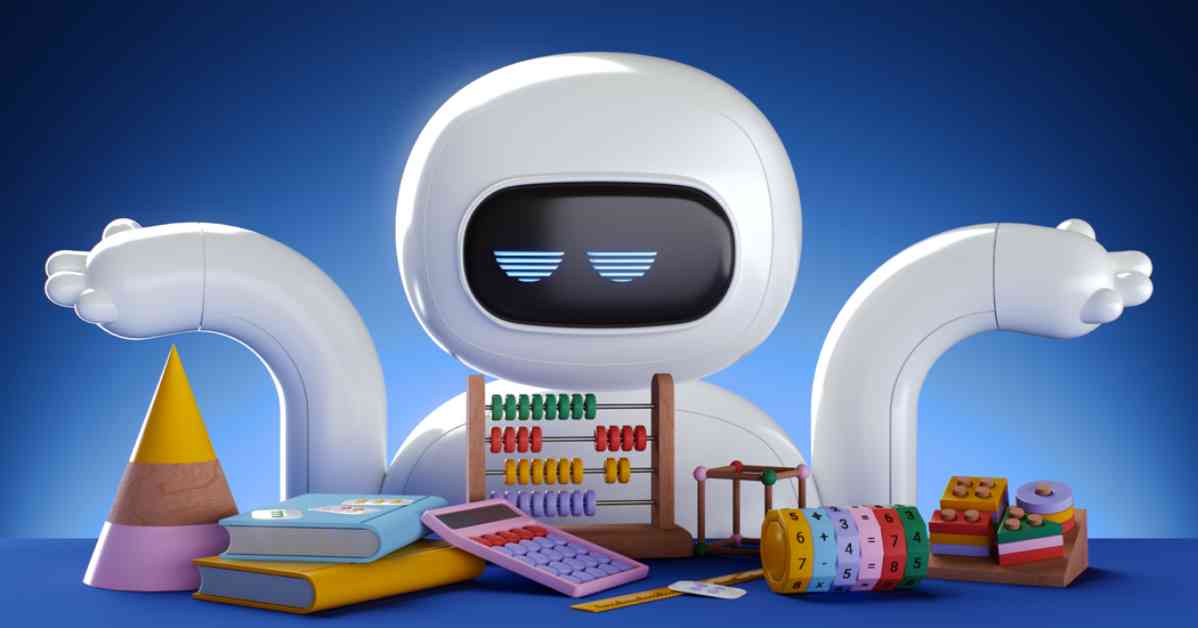Artificial intelligence (A.I.) has been making strides in various fields, from writing poetry to summarizing books and even answering questions with human-like fluency. However, when it comes to math, A.I. seems to be struggling.
Chatbots like Open AI’s ChatGPT have shown that they can do math based on what they have learned, but the results are often inaccurate. These systems excel at determining probabilities but fall short when it comes to rules-based calculations. The flexibility and forgiveness of language pose a challenge for A.I. when it comes to the rigid nature of math.
According to Kristian Hammond, a computer science professor at Northwestern University, A.I. chatbots were not designed to handle math tasks, which explains their difficulties in this area. It seems that the world’s top computer scientists have created A.I. systems that lean more towards the liberal arts than being numbers whizzes.
This departure from computing’s historical focus on math as the core function of computers reflects a significant shift in the field. Since the emergence of computers in the 1940s, they have been primarily known for their ability to perform complex calculations efficiently. However, A.I. development has taken a different path, focusing more on language processing and probabilistic reasoning rather than strict mathematical operations.
Traditionally, computers were programmed to follow specific rules and retrieve information from structured databases, excelling in numerical calculations but lacking flexibility. This rigidity posed a challenge for early A.I. research, leading to limitations in the technology.
As A.I. continues to evolve, researchers are exploring ways to improve its mathematical capabilities while maintaining its strengths in language processing and probabilistic reasoning. The future of A.I. may involve a more balanced approach that leverages the best of both worlds, combining mathematical precision with linguistic fluency.
In conclusion, while A.I. may struggle with math at the moment, its potential for growth and development in this area is promising. By addressing the current challenges and building upon its existing strengths, A.I. could become a more well-rounded and versatile technology in the future.



